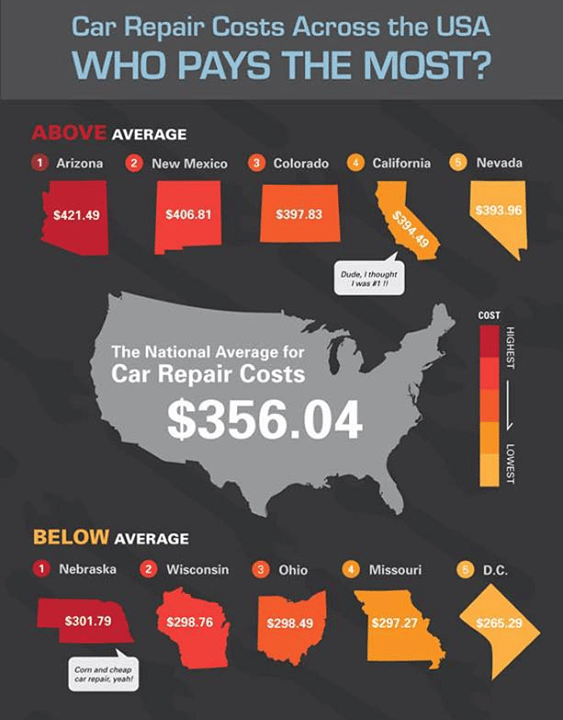Examining Your Auto'S Caution Indicators: What They Actually Share
Examining Your Auto'S Caution Indicators: What They Actually Share
Blog Article
Write-Up Developed By-Boye Dalgaard
When you lag the wheel, those radiant caution lights on your control panel can be a little bit bewildering. Do you know what they're attempting to tell you about your automobile's health? Comprehending the significance of these lights is crucial for your safety and the long life of your vehicle. So, the next time among those lights turns up, wouldn't you intend to understand its message properly and take the essential actions to resolve it?
Common Warning Lights and Interpretations
Determine common warning lights in your cars and truck and recognize their meanings to make sure safe driving.
The most normal warning lights include the check engine light, which indicates concerns with the engine or emissions system. If this light begins, it's important to have your automobile inspected immediately.
The oil stress warning light suggests low oil stress, needing immediate interest to avoid engine damages.
A flashing battery light may recommend a malfunctioning charging system, potentially leaving you stranded if not dealt with.
The tire stress monitoring system (TPMS) light signals you to reduced tire pressure, influencing car security and gas effectiveness. Disregarding this could lead to hazardous driving conditions.
The abdominal light indicates a trouble with the anti-lock braking system, compromising your ability to quit promptly in emergencies.
Lastly, the coolant temperature level warning light warns of engine overheating, which can lead to extreme damage if not resolved quickly.
Understanding these common warning lights will help you attend to issues promptly and maintain safe driving conditions.
Significance of Prompt Attention
Understanding the typical caution lights in your automobile is just the initial step; the importance of promptly attending to these warnings can't be stressed enough to guarantee your security when traveling.
When a caution light illuminates on your control panel, it's your cars and truck's means of interacting a prospective concern that needs interest. Ignoring these cautions can result in a lot more extreme troubles later on, compromising your safety and potentially costing you extra out of commission.
please click the next webpage to alerting lights can avoid malfunctions and crashes. As an example, a blinking check engine light might indicate a misfire that, if left unattended, might trigger damages to the catalytic converter. Resolving this promptly can save you from a costly repair.
In a similar way, a brake system alerting light could signify reduced brake fluid or worn brake pads, vital parts for your safety when driving.
Do It Yourself Troubleshooting Tips
If you discover a caution light on your control panel, there are a couple of do it yourself fixing pointers you can try before seeking specialist aid.
The initial step is to consult your cars and truck's handbook to understand what the certain warning light shows. In some cases the problem can be as basic as a loose gas cap triggering the check engine light. Tightening up the gas cap may settle the trouble.
Another typical problem is a reduced battery, which can cause different advising lights. Examining the battery connections for deterioration and ensuring they're safe could fix the issue.
If a warning light persists, you can attempt resetting it by detaching the auto's battery for a few minutes and afterwards reconnecting it. Additionally, checking your automobile's fluid levels, such as oil, coolant, and brake liquid, can assist fix warning lights associated with these systems.
https://www.capradio.org/articles/2022/05/24/going-electric-california-car-mandate-would-hit-mechanics-hard/ , comprehending your vehicle's caution lights is essential for maintaining your car running efficiently and securely. By promptly attending to these informs and understanding what they suggest, you can stay clear of pricey repair services and prospective failures.
Remember to consult your cars and truck's handbook for particular information on each cautioning light and take action as necessary to guarantee a trouble-free driving experience.
Keep educated, stay secure when traveling!
